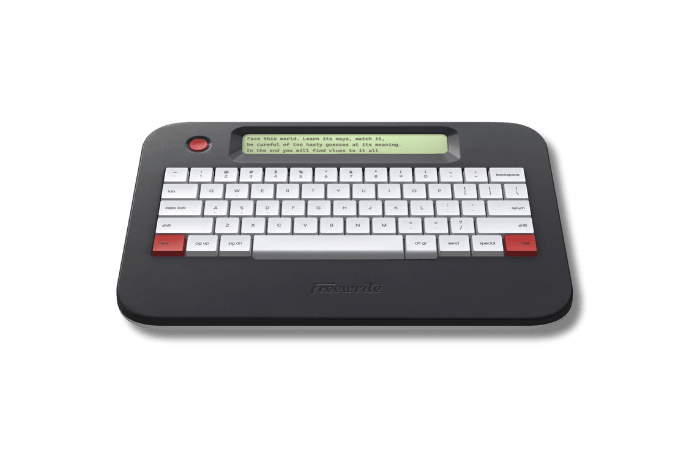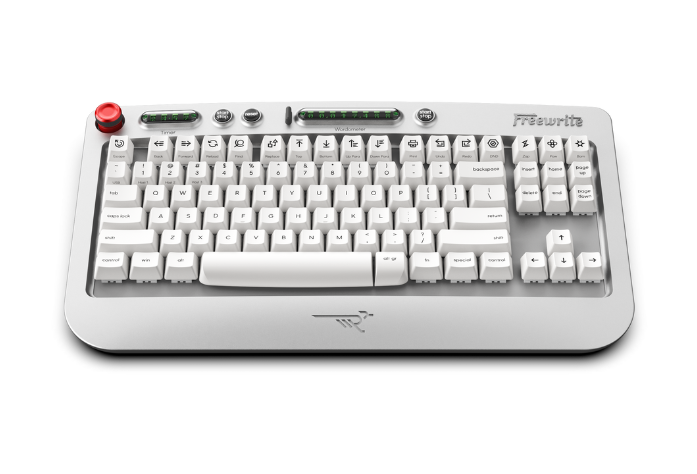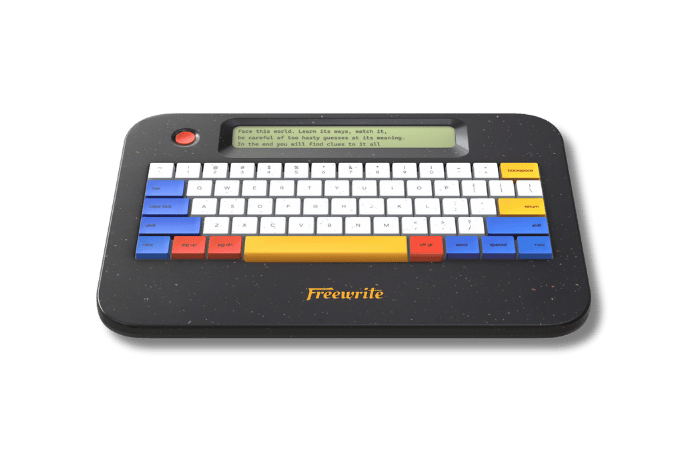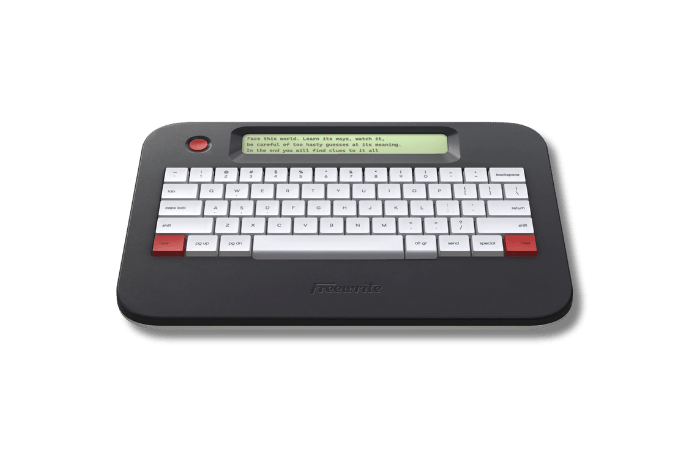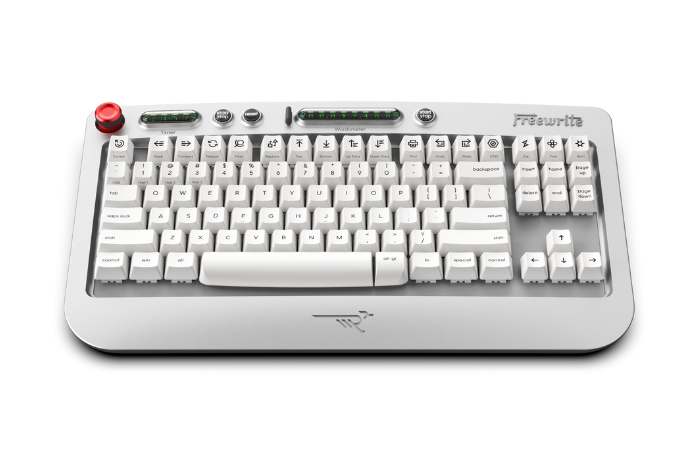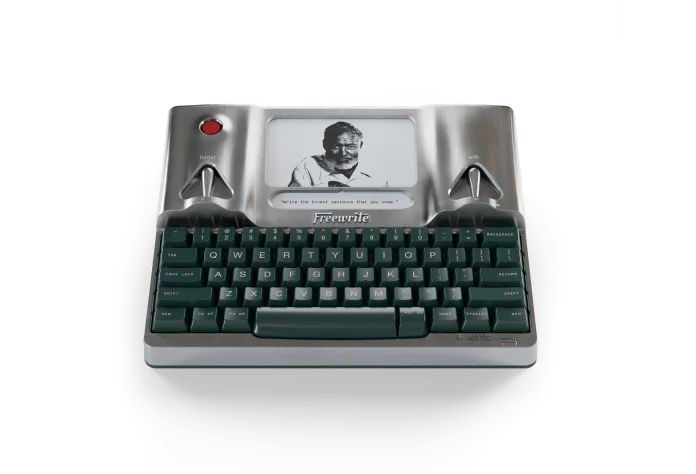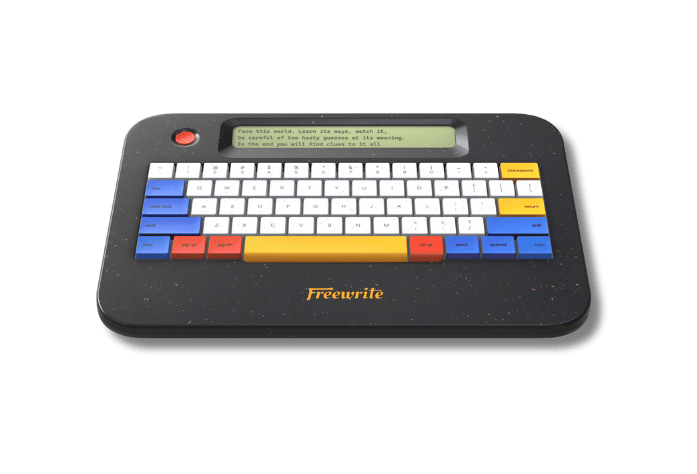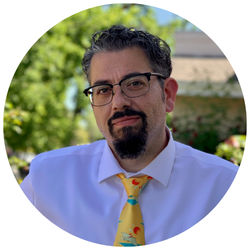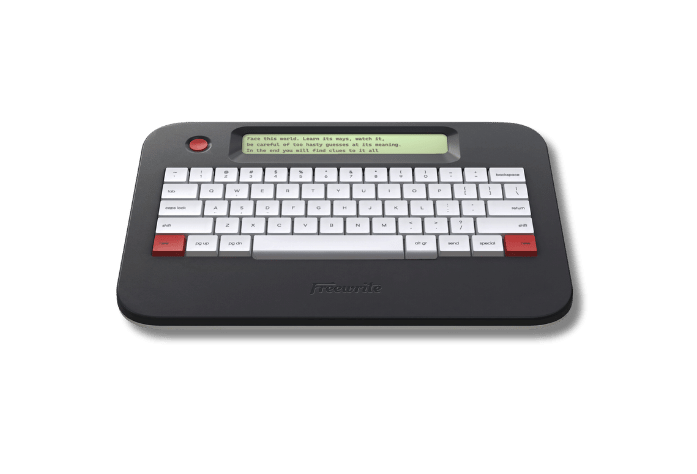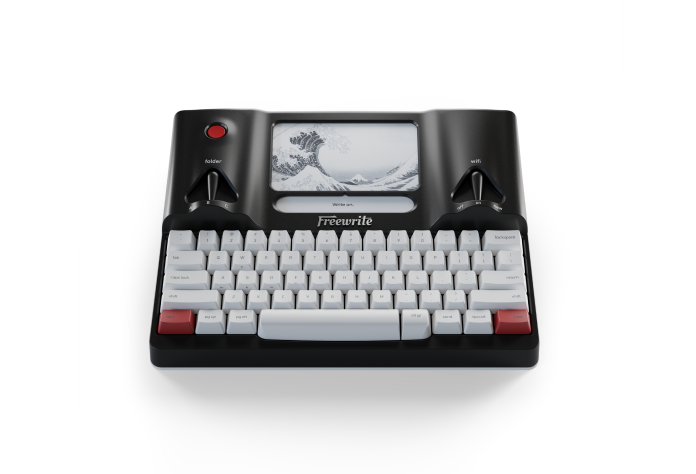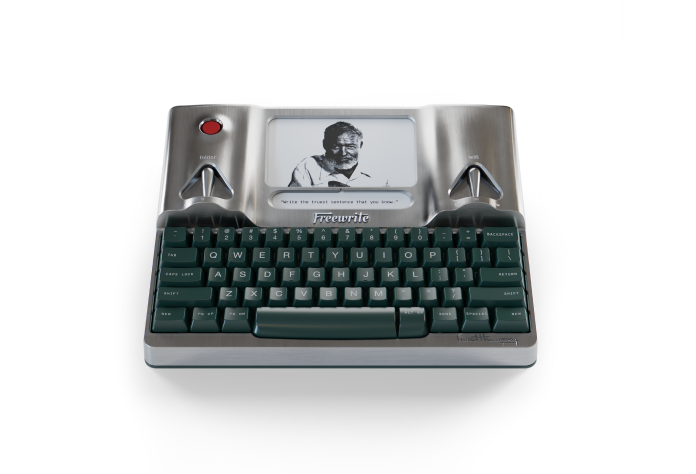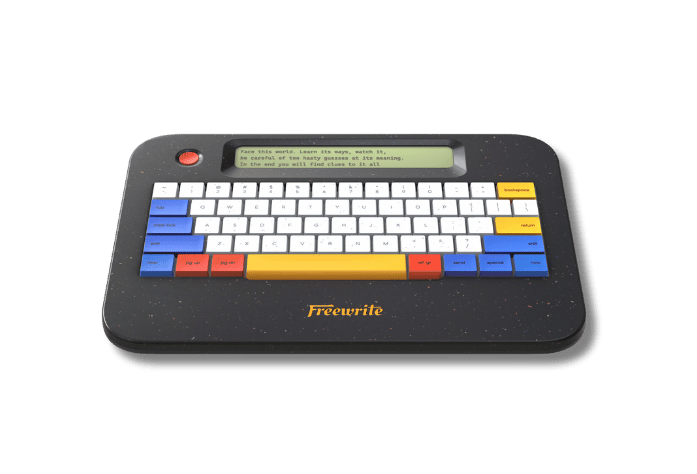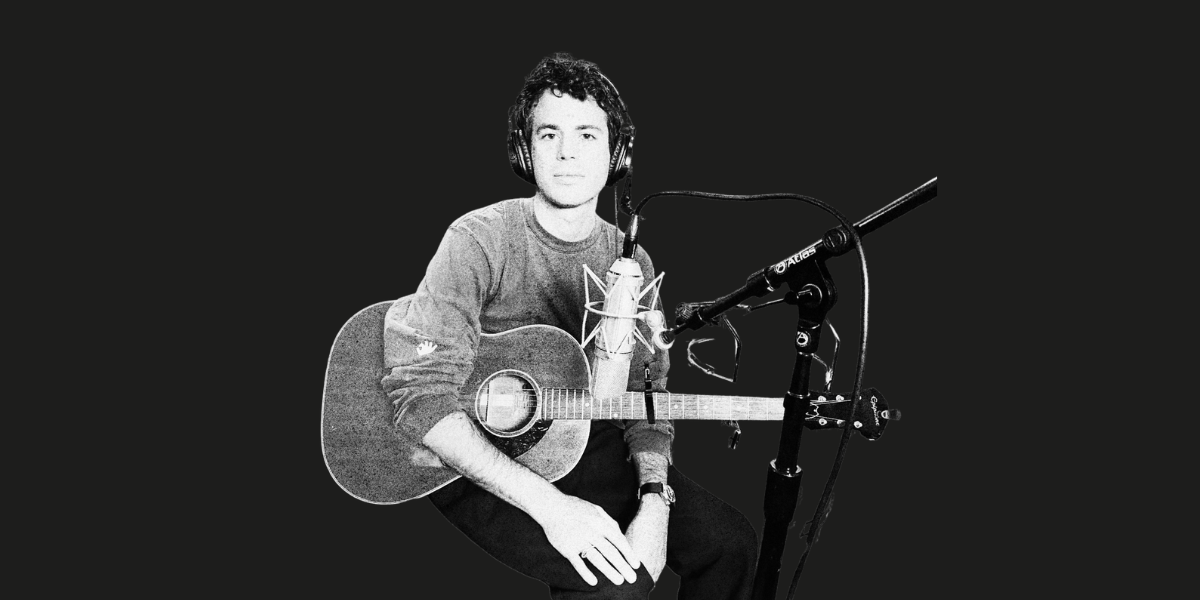Ray Bradbury probablemente haya ofrecido el consejo más simple sobre cómo ser un escritor prolífico cuando dijo:
Simplemente escribe todos los días de tu vida. Lee con intensidad y observa qué sucede. La mayoría de mis amigos que siguen esa dieta tienen carreras muy agradables.
Pero ¿cómo hacen los escritores que producen montañas de trabajo como Ray Bradbury para mantener su concentración y su capacidad de producir tantas palabras?
La respuesta varía de un autor a otro.

Stephen King , probablemente el autor más prolífico del género de terror actual, aboga por una doble receta: hábito y eliminación de distracciones.
Escribo desde las 7:30 hasta el mediodía casi todos los días. Entro en una especie de trance. Es importante recordar que no es lo más importante en la vida. Lo importante es estar ahí si te necesitan para la familia o si hay una emergencia o algo así. Pero hay que cortar con la charla intrascendente. Eso significa nada de Twitter. Eso significa no ir al Huffington Post a ver qué está haciendo Kim Kardashian. Hay un momento para eso; para mí, normalmente es antes de acostarme. Me encuentro sentada, hipnotizada, viendo vídeos de perros graciosos, ese tipo de cosas.

“En lugar de atormentarte con el perfeccionismo”, dice James Patterson , autor de más de 140 novelas, sobre su rutina, “crea impulso mediante la escritura libre: escribe sin estructura y deja que los impulsos de tu mente te guíen”.

La autora best-seller Nora Roberts tiene una rutina estricta que le exige tratar la escritura como un trabajo diario, en lugar de un pasatiempo.
Hace su ejercicio matutino y luego, a las 9 de la mañana, va a su oficina y escribe de seis a ocho horas. A veces, incluso vuelve al trabajo para terminar después de cenar.
La rutina de Roberts es la que más se acerca a mi rutina personal últimamente. Me levanto a las 4:30 para ir al gimnasio. Llego a casa a las seis y escribo libremente en mi diario. Preparo a mi hijo menor para ir al colegio (o al campamento de verano, o simplemente a entretenerse) y me dedico a escribir hasta que llega la hora de recogerlo.

Sentado en la silla. Todos los días. Eso es todo para mí.
Para todos estos escritores prolíficos (yo incluido, no es que me considere uno de los grandes, pero soy prolífico y publico) el hilo conductor parece ser la aportación de mucha lectura y la capacidad de mantener una rutina.
Sin duda, hay escritores excelentes que trabajan mucho más despacio. Graham Greene contaba 500 palabras al día en su cuaderno (o 300 a medida que envejecía) y dejaba de escribir en ese instante, pasara lo que pasara. No produjo tanto como, por ejemplo, Stephen King, pero su método le funcionó y produjo algunos de los mejores libros jamás escritos.
Rápido o lento, todo se reduce a crear un hábito que se adapte a tus hábitos y a la química cerebral. ¿Cómo es esa rutina para ti?
Explora los secretos de otros grandes autores a través del tiempo
- J. R. R. Tolkien
- George R. R. Martin
- Stephen King
- Ernest Hemingway
- Celeste Headlee
- William Wordsworth
- George Lucas
- Fiódor Dostoievski
- Ashley Poston
Regresar a "Trucos para mejorar la productividad al escribir"



